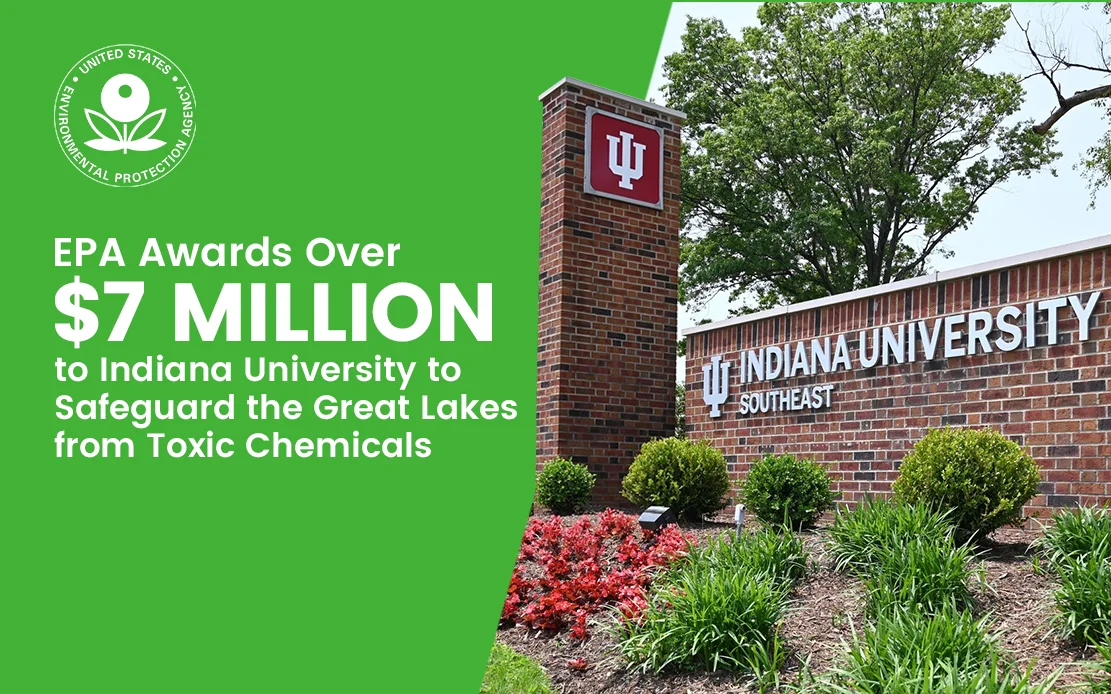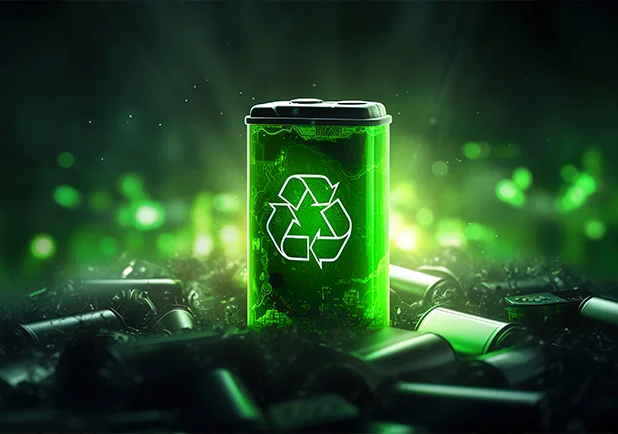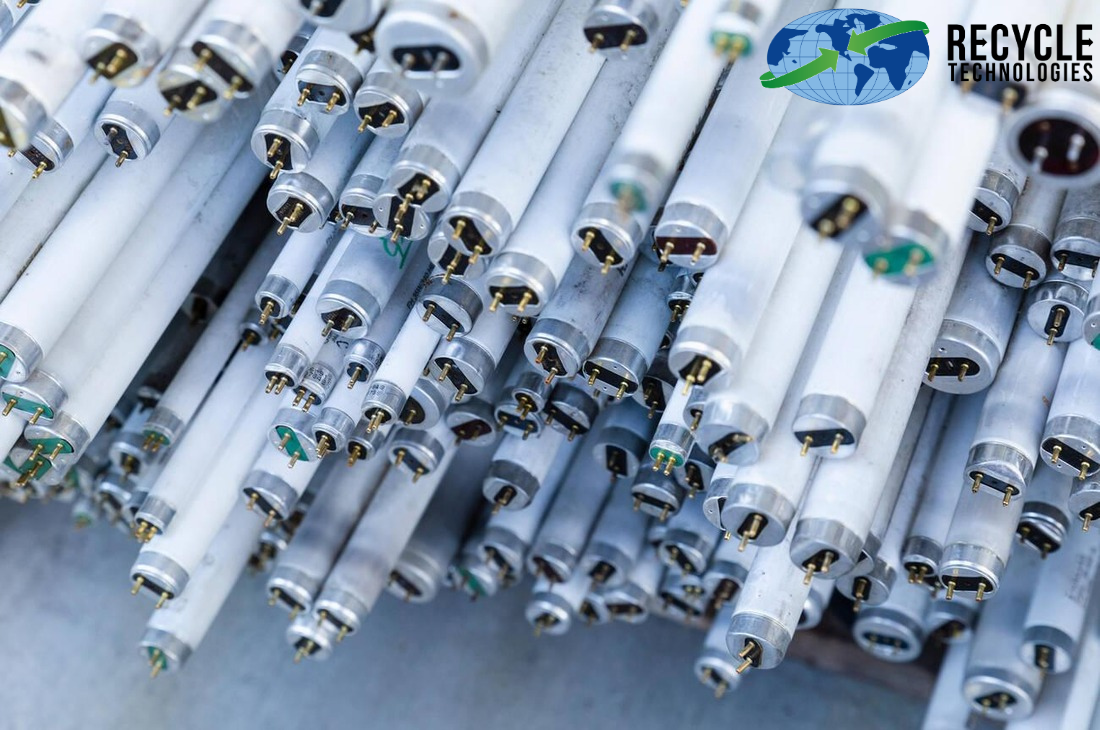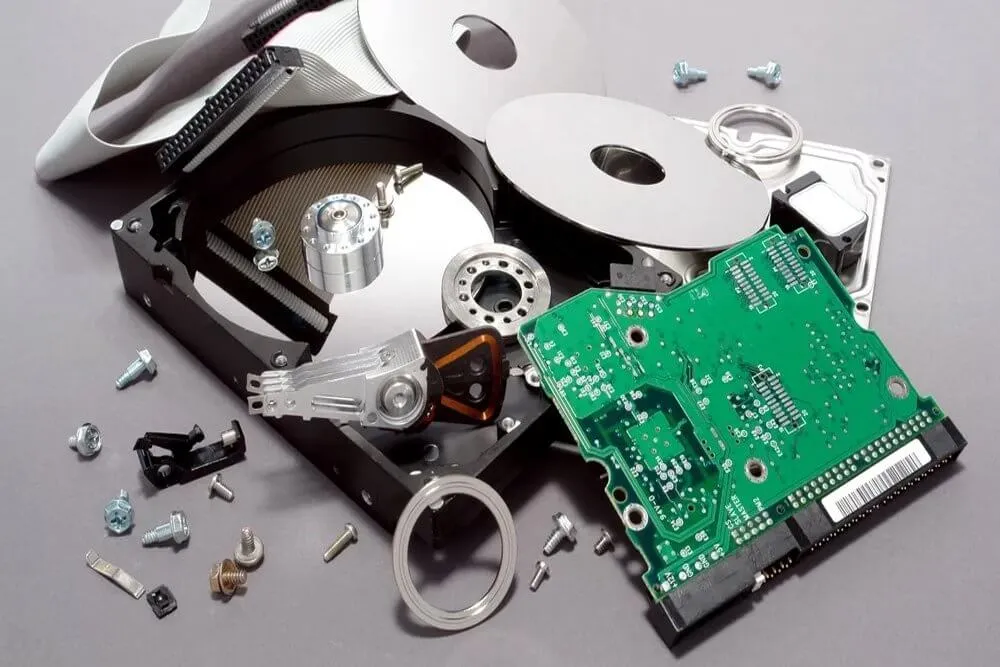The Great Lakes are facing an ongoing threat from pollutants, and Indiana University is stepping up to take a lead role in protecting them. Armed with advanced technology and research expertise, the university will focus on detecting harmful chemicals before they cause lasting damage to the ecosystem. This isn’t just about science—it’s about preserving the very foundation of life for the 40 million people who rely on the Great Lakes for clean water.
As environmental awareness grows, more organizations are stepping up to contribute to this fight. One such company is EZ On The Earth, a leader in offering sustainable solutions through its innovative recycling kits. By providing businesses and individuals with accessible ways to recycle e-waste, bulbs, and batteries, EZ On The Earth is making it easier for people to reduce harmful pollutants entering our environment. While Indiana University focuses on detecting toxic chemicals in the Great Lakes, companies like EZ On The Earth are empowering consumers to proactively reduce their waste footprint—underscoring the importance of a collective effort to protect our planet’s most precious resources.
The EPA’s substantial investment is part of the broader Great Lakes Restoration Initiative, a crucial effort aimed at restoring water quality, cleaning up hazardous areas, and preserving the natural beauty of this region. Indiana University’s cutting-edge approach will enable faster detection of toxic substances, ensuring swift action to prevent long-term harm.
Kelly Greig, Director of the Great Lakes National Program Office, emphasized the significance of this collaboration: “This grant is a pivotal step in protecting the Great Lakes for future generations. With Indiana University at the forefront, we are better equipped to fight against the dangers of toxic chemicals.”
This partnership between the EPA and Indiana University is a beacon of hope for the millions who depend on the Great Lakes. It signals a future where cleaner water and a healthier environment aren’t just dreams, but achievable realities. It’s more than just a project—it’s a mission to protect a national treasure, and with this funding, we’re one step closer to securing the future of the Great Lakes for generations to come.












